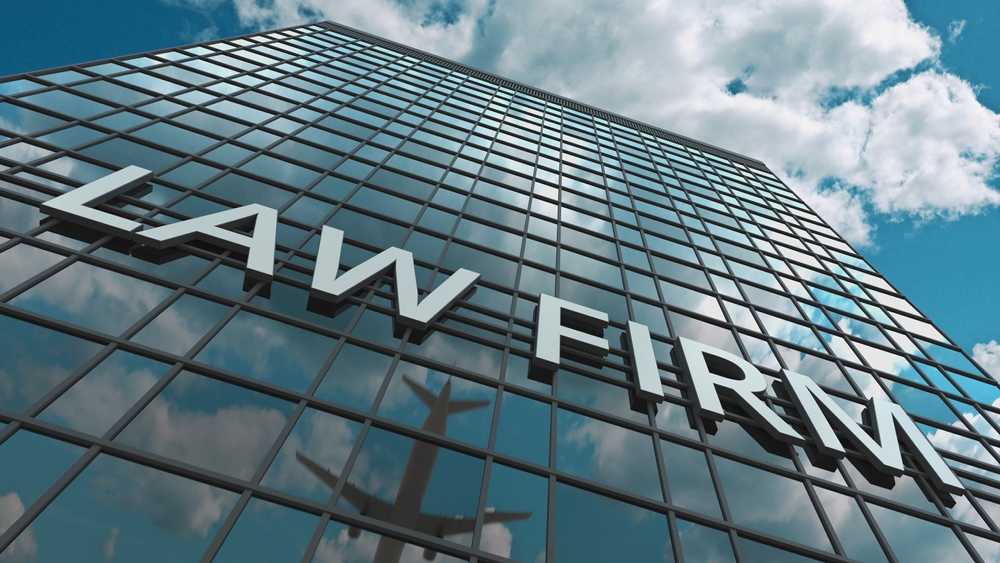Top 3 Takeaways for Law Firms
- Law Firms Aren’t “Low Risk” — Just Unprepared
From client outbursts to slip hazards, today’s legal offices face serious safety and liability risks that demand preventive action. - Compliance Protects More Than Just Your Firm
A documented safety program safeguards your employees, reduces workers’ comp claims, and protects your firm from lawsuits and Cal/OSHA penalties. - Training and Prevention Cost Less Than Litigation
Failing to train or document compliance can cost six figures. Investing in safety audits and regular training saves money — and your firm’s reputation.
Read the full article here:
Law firms aren’t high-risk like factories or construction sites — but that doesn’t mean they’re immune to safety and compliance obligations. As a business owner, you’re responsible for protecting employees, clients, and your firm from preventable hazards and costly liability.
At CalWorkSafety & HR, we’ve seen how “low-risk” offices become high-cost liabilities overnight. From client aggression to ergonomic injuries, today’s legal workplaces face growing risks that demand structured safety and compliance programs.
The Real Risks Law Firms Face
Client Volatility & Workplace Violence
Attorneys often handle emotionally charged matters — divorce, eviction, criminal defense, debt recovery. These can escalate quickly if clients or opposing parties become aggressive. Without a workplace violence prevention plan, you could face injury claims, lawsuits, or Cal/OSHA fines under new regulations such as California SB 553.
Ergonomic Injuries & Office Strain
Hours at desks lead to back pain, carpal tunnel, and eye strain — injuries frequently covered under workers’ compensation. Preventive training on posture, workstation setup, and microbreaks reduces claims and improves productivity.
Slip, Trip & Fall Hazards
Uneven flooring, cluttered cables, and wet floors are simple hazards with expensive outcomes. A single fall can result in medical costs, time-off claims, or even a premises liability lawsuit. Regular housekeeping and safety walk-throughs are essential.
Emergency & Fire Preparedness
Evacuation procedures, alarm systems, and designated safety leaders aren’t optional. Firms that neglect basic fire-safety training risk both fines and avoidable injuries when emergencies strike.
Physical & Data Security
Law firms hold sensitive client data — financial, medical, or litigation files. Unsecured premises or careless document handling can trigger privacy law violations and malpractice exposure. Security training and controlled access policies are non-negotiable.
Remote Work & Hybrid Risks
A home office is still a workplace under the law. If an employee is injured while working from home, the firm may still be liable. Safety and ergonomic training must extend beyond the office walls.
Legal and Financial Consequences of Non-Compliance
Failing to implement safety training is not just a regulatory issue — it’s a business risk.
- Regulatory Fines:
OSHA and Cal/OSHA fines can reach $25,000 per violation, and up to $150,000 for repeat offenses. Even “office-only” employers are fined for missing safety plans or untrained staff. - Workers’ Compensation Costs:
Office injury claims average $20,000–$80,000 each. Multiple incidents drive insurance premiums higher and disrupt workflow. - Civil Litigation & Liability:
A single workplace violence or injury claim can lead to six-figure settlements — especially if you cannot prove training or preventive action. Negligence and retaliation suits also carry reputational damage. - Loss of Reputation & Client Trust:
A publicized safety failure — from a client altercation to an OSHA citation — can damage credibility and drive away clients. Insurers may also raise malpractice premiums for firms with repeated incidents.
The bottom line: compliance costs less than litigation. A documented, trained, and updated safety program is your best legal defense.
How to Build a Safer Firm
- Conduct a Safety Audit — Identify risks in client interactions, office layout, and workflows.
- Create Written Policies — Include workplace violence prevention, ergonomics, emergency action, and incident reporting.
- Train Your Team — Schedule regular sessions on de-escalation, fire safety, and remote-work protocols.
- Keep Records — Maintain documentation to demonstrate compliance during inspections or claims.
- Review Annually — Safety plans must evolve with new regulations and hybrid work realities.
The Payoff
Firms with proactive safety programs experience:
- Fewer injury and liability claims
- Lower workers’ comp premiums
- Higher employee morale and retention
- Greater client confidence and compliance protection
Final Word
You understand better than anyone: ignorance of the law is no defense. The same holds true for workplace safety. Law firms that ignore compliance are gambling with their finances, reputation, and people.
At CalWorkSafety & HR, we specialize in helping law firms meet compliance mandates like California’s SB 553, while building safer, more productive workplaces.
Contact CalWorkSafety & HR today to schedule your safety and compliance consultation — and protect your firm before a preventable incident becomes your next case.
